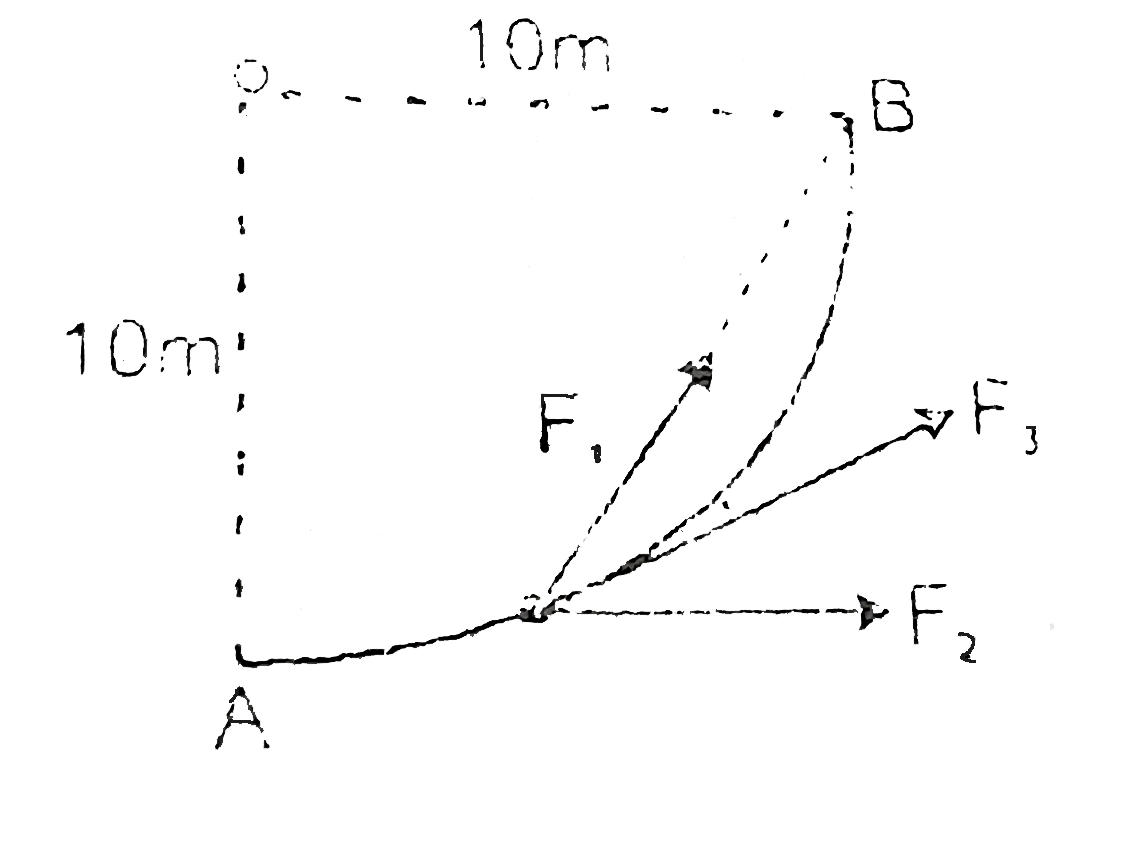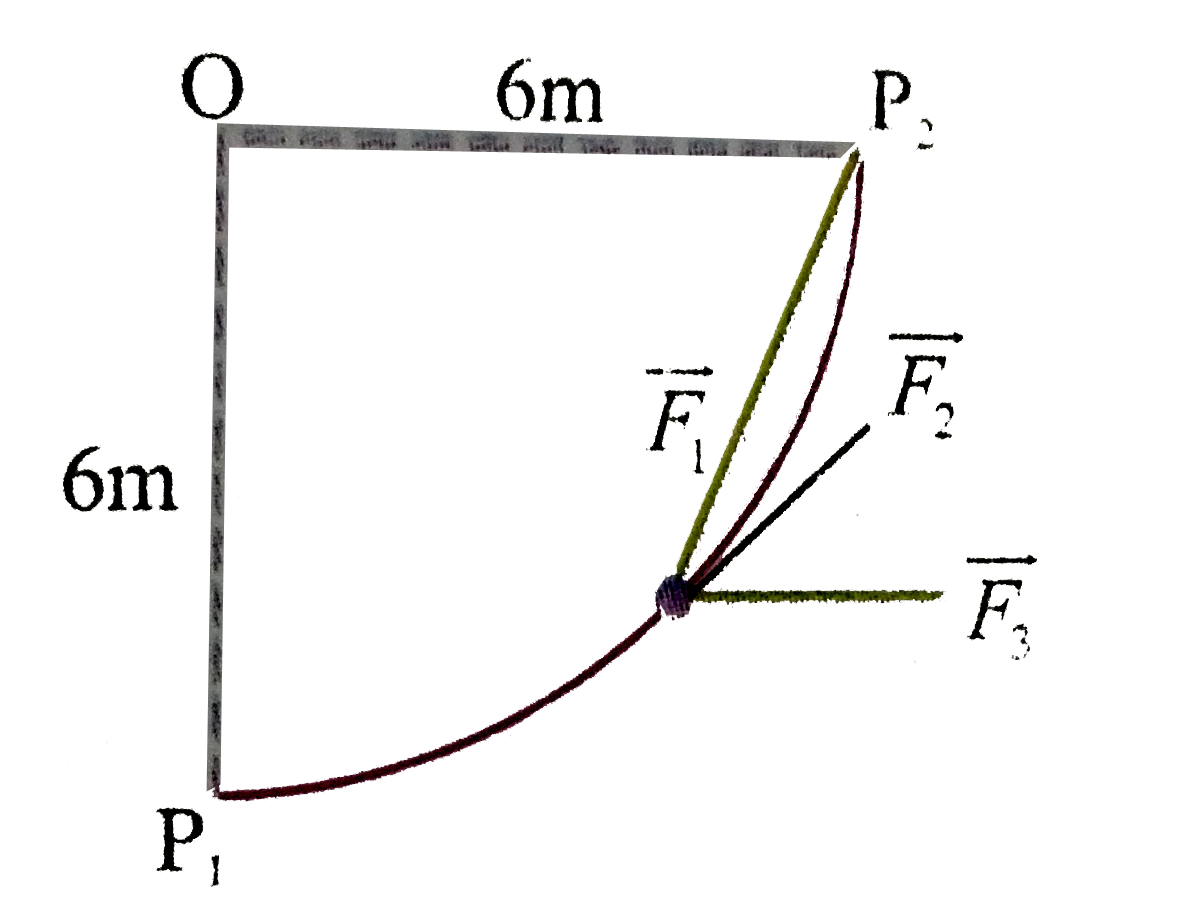Consider the equation ddt(∫→F.d→S)=A(→F.→ρ) where →F≡ force, →s≡ displacement, t≡ time and →ρ= momentum. The dimensional formula of A will be :−
The surface I and II will have equal and opposite charges
The surfaces III and IV will have equal and opposite charges
The charge on surface III will be greater than Q
The potential difference between A and C will be equal to the potential difference between C and B
The correct Answer is:D
Final charge distribution on plate

Topper's Solved these Questions
- BASIC MATHSBook:ALLENChapter:BASIC MATHSExercise:Exercise-03
Explore 1 Video
- BASIC MATHSBook:ALLENChapter:BASIC MATHSExercise:Exercise-04
Explore 1 Video
- BASIC MATHSBook:ALLENChapter:BASIC MATHSExercise:Exercise-01
Explore 24 Videos
- AIIMS 2019Book:ALLENChapter:AIIMS 2019Exercise:PHYSICS
Explore 40 Videos
- CIRCULAR MOTIONBook:ALLENChapter:CIRCULAR MOTIONExercise:EXERCISE (J-A)
Explore 6 Videos
Similar Questions
Consider the equation ddt(∫→F.d→S)=A(→F.→p) where →F≡ force, →s≡ displacement, t ≡ time and →p= momentum. The dimensional formula of A will be
View SolutionA smooth track is in the form of a quarter circle of radius 10 m lies in the vertical plane. A bead moves from A and B along the circular track under the action of forces →F1,→F2 and →F3 Force →F1 acts always towards point B and is always 20 N in magnitude Force →F2 always acts horizontally and is always 25 N in magnitude. Force →F3 always acts tangentially to the track and is of constant magnitude 10 N. Select the correct answer.

View Solution
Knowledge Check
Poynting vectors →S is defined as →S=1μ0→E×→B. The average value of '→S' over a single period 'T' is given by
AE20/2cμ0BE20/cμ0C2E022/cμ0DE20/cμ20
Two forces →F1=500N due east and →F2=250N due north have their common initial point. →F2−→F1 is
View SolutionA particle of m=5kg is momentarily at rest at x=att=. It is acted upon by two forces →F1 and →F2. Vec(F)1=70ˆj N. The direction and manitude of →F2 are unknown. The particle experiences a constant acceleration, →a,in the direction as shown in (figure) Neglect gravity.

a.Find the missing force →F2.
b. What is the velocity vector of the particle at t=10s?
c. What third force, →F3 is required to make the acceleration of the particle zero? Either give magnitude and direction of →F3 or its components.
View SolutionA moving perticle of mass m is acted upon by five forces →F1,→F2,→F3,→F4 and →F5. Forces →F2 and →F3 are conservative and their potential energy funcations are U and W respectively. Speed of the particle changes from Va to Vb when it moves from position a to b. Choose the correct option :
View SolutionThree forces →F1,→F2 and →F3 are represented as shown. Each of them is equal magnitude.

Now match the given columns and select the correct option from the codes given below.
View SolutionThe position vector of a particle of mass m= 6kg is given as →r=[(3t2−6t)ˆi+(−4t3)ˆj]m. Find:
(i) The force (→F=m→a) acting on the particle.
(ii) The torque (→τ=→r×→F) with respect to the origin, acting on the particle.
(iii) The momentum (→p=m→v) of the particle.
(iv) The angular momentum (→L=→r×→p) of the particle with respect to the origin.
View SolutionABC is an equilateral triangle with O as its centre −→F1,−→F2 and −→F3 represent three forces acting along the sides AB, BC and AC respectively. If the torque about O is zero then the magnitude of −→F3 is

View SolutionA smooth track in the form of a quarter circle of radius 6m lies in the vertical plane. A particle moves from P1 to P2 under the action of forces →F1,→F2 and →F3 Force →F1 is always 30N in magnitude. Force →F3 always acts tangentiallly to the track and is of magnitude 15N. Select the correct alternative (s) :
 .
.
View Solution